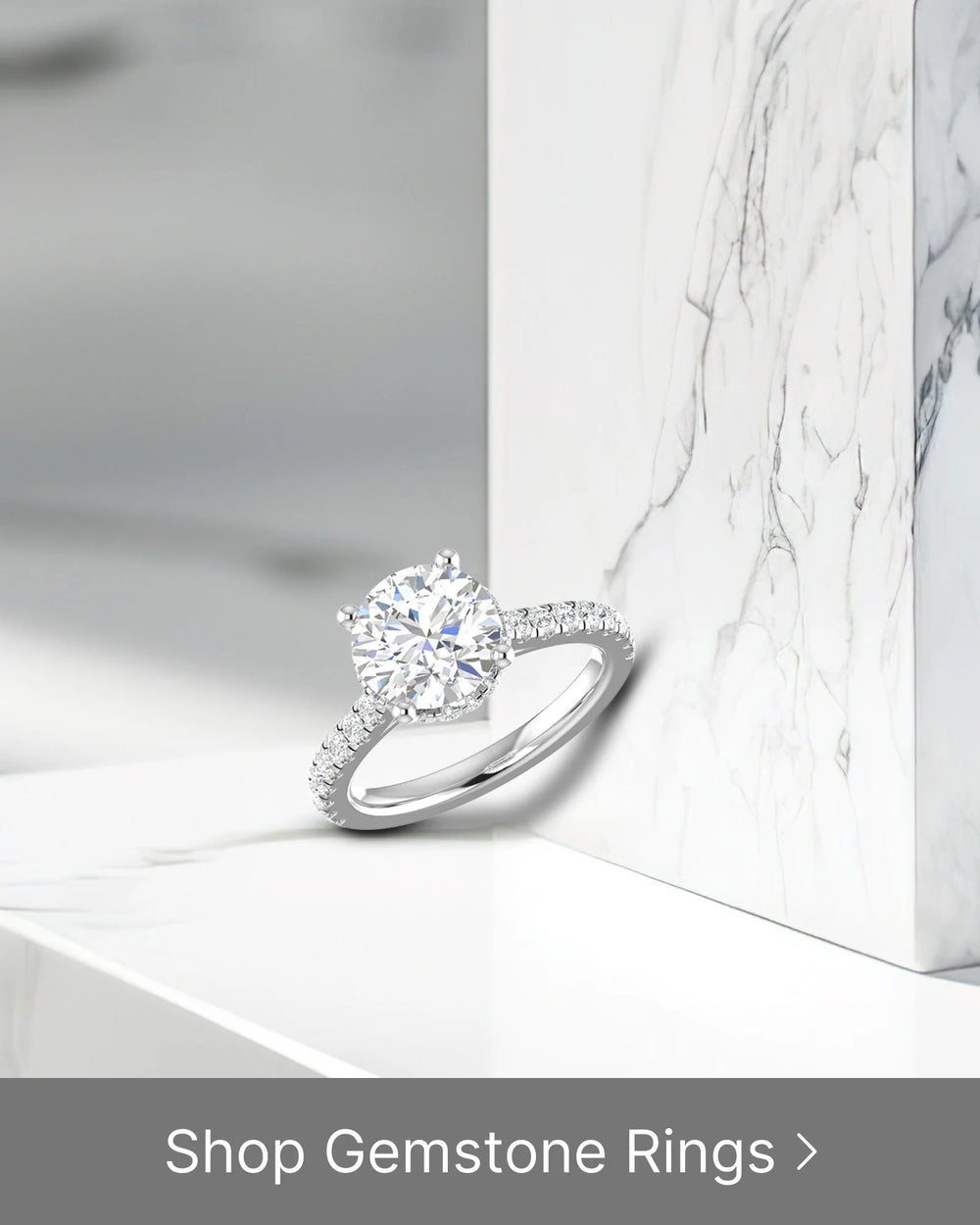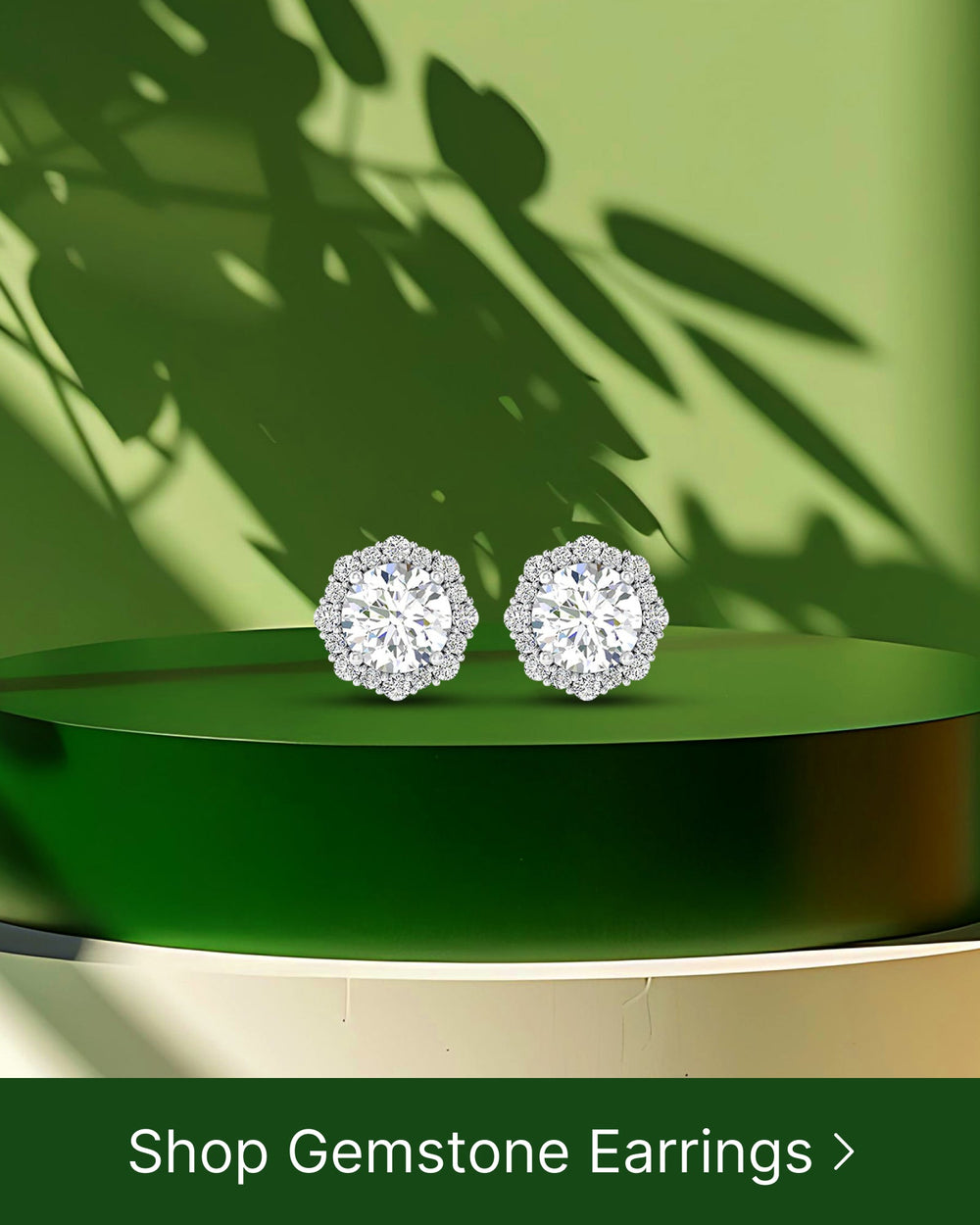Pink tourmaline is a beautiful gemstone that is often used in jewelry. However, there is often confusion about whether or not pink tourmaline can safely be immersed in water. In this article, we will explore the origin and properties of pink tourmaline, the relationship between gemstones and water, proper care and maintenance, common misconceptions, and the science behind pink tourmaline and water.
Understanding Pink Tourmaline: Origin and Properties
Pink tourmaline is a variety of tourmaline that is valued for its vibrant pink color. It is formed deep within the Earth's crust through a complex process that involves the crystallization of minerals under intense heat and pressure.
In addition to its captivating beauty, pink tourmaline possesses a number of physical and metaphysical properties that make it a sought-after gemstone. Its hardness on the Mohs scale, which measures a gemstone's resistance to scratching, is considered to be between 7 and 7.5. This makes it a relatively durable gemstone that can withstand everyday wear.
But how exactly is pink tourmaline formed? The formation of pink tourmaline begins with the movement of magma, which carries minerals and other elements from deep within the Earth's mantle. As the magma rises towards the surface, it cools and solidifies, forming different types of rocks.
Over millions of years, the rocks that contain tourmaline undergo various geological processes, such as erosion and weathering. These processes expose the tourmaline crystals, which can then be mined and used to create stunning jewelry pieces.
The Formation of Pink Tourmaline
The formation of pink tourmaline is a fascinating journey that spans millions of years. It starts with the movement of magma, which acts as a carrier for minerals and other elements from deep within the Earth's mantle. As the magma rises towards the surface, it encounters different layers of rock and undergoes a cooling and solidification process.
During this process, the minerals within the magma begin to crystallize, forming beautiful tourmaline crystals. The intense heat and pressure deep within the Earth's crust contribute to the unique coloration of pink tourmaline, giving it its vibrant and alluring pink hue.
As the solidified rocks containing tourmaline are exposed to the elements over millions of years, they undergo various geological processes. Erosion and weathering gradually wear away the surrounding rocks, eventually exposing the tourmaline crystals. This natural process allows for the discovery and extraction of pink tourmaline, which can then be transformed into exquisite jewelry pieces that showcase its beauty.
Physical and Metaphysical Properties
Aside from its hardness, pink tourmaline possesses other fascinating properties that set it apart from other gemstones. One of these properties is its unique electrical behavior. When subjected to pressure or temperature changes, tourmaline becomes electrically charged. This phenomenon, known as piezoelectricity, is one of the reasons why tourmaline is used in various technological applications, such as pressure sensors and electrical devices.
Furthermore, pink tourmaline is not only admired for its physical properties but also for its metaphysical qualities. It is believed to have a calming effect on the mind, promoting a sense of peace and tranquility. Pink tourmaline is often associated with qualities such as love, compassion, and healing. Many believe that wearing or carrying pink tourmaline can enhance emotional well-being, promote self-love, and foster a deeper connection with others.
Whether you are captivated by its stunning pink color or drawn to its metaphysical properties, pink tourmaline is a gemstone that continues to fascinate and enchant. Its origin story, from the depths of the Earth's crust to the creation of beautiful jewelry, adds to its allure and makes it a truly remarkable gemstone.
The Relationship Between Gemstones and Water
Water is a natural element that has the power to affect gemstones in different ways. Let's explore the general effects of water on gemstones and the specific impact it can have on pink tourmaline.
General Effects of Water on Gemstones
When gemstones come into contact with water, certain factors can influence their overall appearance and durability. For instance, prolonged exposure to water can cause some gemstones to fade or lose their luster over time.
Water can also have an impact on the internal structure of gemstones. Some gemstones are porous and can absorb water, which may lead to changes in color or clarity. On the other hand, gemstones that are not porous may be more resistant to water damage.
In addition, water can potentially damage gemstone settings if the jewelry is not properly cared for. This is particularly true for gemstones that are sensitive to temperature changes or prone to fractures or cleavages. When water seeps into the setting, it can weaken the metal or loosen the gemstone, putting it at risk of falling out.
It is important to note that not all gemstones react the same way to water. Some gemstones, like diamonds, are relatively unaffected by water and can be worn without much concern. However, others, such as opals or pearls, are extremely sensitive to water and require special care to avoid damage.
Specific Impact of Water on Pink Tourmaline
Pink tourmaline is considered to be relatively water-friendly compared to other gemstones. It is generally safe to wear pink tourmaline jewelry while engaging in activities that involve water, such as swimming or showering.
However, it is important to note that excessive exposure to water can still have some effects on pink tourmaline. For instance, prolonged immersion in water may cause the gemstone to lose its shine or become dull. This is because water can create a film on the surface of the gemstone, reducing its brilliance.
Additionally, chemicals that are commonly found in water, such as chlorine, can potentially damage the gemstone if it is not properly cleaned and cared for. Chlorine, in particular, can react with the metal setting of the jewelry, causing it to corrode or tarnish. It is important to remove pink tourmaline jewelry before entering chlorinated water and to clean it thoroughly afterwards.
Despite these potential effects, pink tourmaline is generally considered to be a durable gemstone that can withstand normal exposure to water. However, to ensure its longevity and maintain its beauty, it is always recommended to follow proper care guidelines and avoid unnecessary exposure to water.
Proper Care and Maintenance of Pink Tourmaline
To ensure the longevity and beauty of pink tourmaline, it is essential to follow proper care and maintenance practices. This includes cleaning methods and tips for storing the gemstone.
Cleaning Methods for Pink Tourmaline
Regular cleaning is important to keep pink tourmaline looking its best. To clean the gemstone, you can use mild soapy water and a soft cloth or brush. Gently rub the gemstone to remove any dirt or debris, and then rinse it thoroughly with clean water. Avoid using harsh chemicals or ultrasonic cleaners, as they can potentially damage the gemstone.
Additionally, it's a good idea to remove pink tourmaline jewelry before engaging in activities that involve exposure to chemicals, such as household cleaning or swimming in chlorinated pools.
Tips for Storing Pink Tourmaline
When you're not wearing your pink tourmaline jewelry, it's important to store it properly to prevent scratches or other damage. You can store the gemstone in a soft pouch or jewelry box, away from other gemstones or metals that could potentially scratch it.
It is also advisable to keep the jewelry in a cool, dry place to avoid excessive exposure to moisture, which can affect the gemstone's appearance over time. Furthermore, try to avoid storing the jewelry in direct sunlight, as prolonged exposure to sunlight can cause the color of pink tourmaline to fade.
Common Misconceptions About Gemstones and Water
There are several misconceptions surrounding the interaction between gemstones and water. Let's debunk some of these myths and address the specific misconceptions related to pink tourmaline.
Debunking Myths About Pink Tourmaline
One common myth about pink tourmaline is that it will dissolve or become damaged if exposed to water. This is not true. As mentioned earlier, pink tourmaline is relatively water-friendly and can withstand occasional exposure to water without significant damage.
However, it is important to exercise caution and follow proper care and maintenance practices to preserve the gemstone's appearance and longevity.
Facts vs Fiction: Gemstones in Water
Another misconception is that all gemstones can safely be submerged in water. While some gemstones are more resistant to the effects of water, others can be more susceptible to damage.
It is crucial to research and understand the properties of individual gemstones before exposing them to water. This will help ensure that you can enjoy your gemstone jewelry without compromising its beauty or integrity.
The Science Behind Pink Tourmaline and Water
Understanding the chemical composition of pink tourmaline and how it interacts with water can provide further insights into its behavior when exposed to this element.
Chemical Composition of Pink Tourmaline
Pink tourmaline belongs to the tourmaline mineral group, which comprises complex borosilicate minerals. The chemical formula for pink tourmaline is (Na(Li,Al)3Al6(BO3)3(Si6O18)O2(OH)F4).
This chemical composition, combined with the gemstone's unique internal structure, contributes to its physical and metaphysical properties.
How Water Interacts with Pink Tourmaline's Structure
When pink tourmaline comes into contact with water, the structure and properties of the gemstone remain largely unchanged. However, the presence of water molecules can influence the gemstone's electrical properties, such as its piezoelectric behavior.
Water molecules may also interact with the surface of the gemstone, potentially affecting its shine or luster. The specific effects of water on pink tourmaline can vary depending on factors such as the duration of exposure and the chemical composition of the water.
In conclusion, pink tourmaline can safely be exposed to water to a certain extent. While it is generally considered water-friendly, it is still important to follow proper care and maintenance practices to preserve the gemstone's appearance and integrity. By understanding the origin and properties of pink tourmaline, the relationship between gemstones and water, and the science behind their interaction, you can confidently enjoy your pink tourmaline jewelry while ensuring its long-term beauty.





